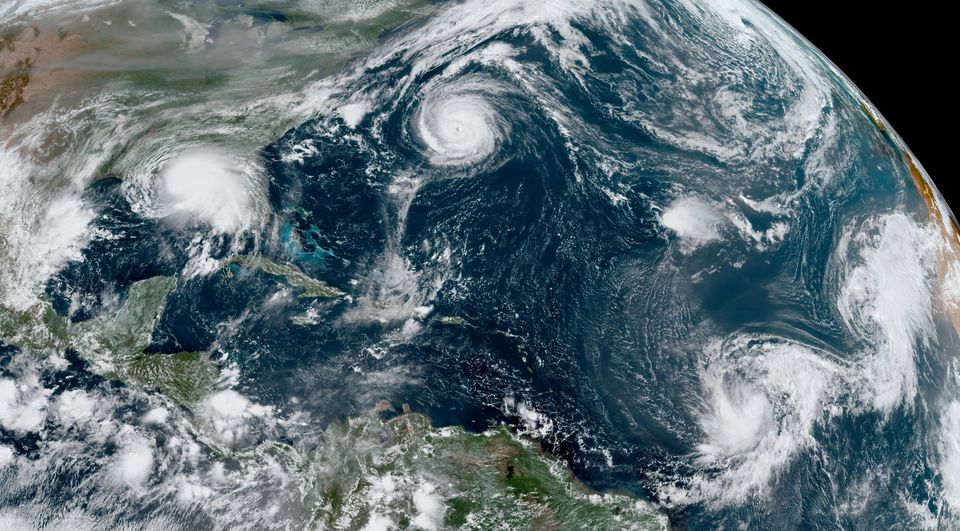
Mono is a disease best known to afflict teenagers and young adults, with the main symptoms being excessive fatigue and getting teased about who you have been kissing. But anyone can get it, and it’s worth knowing the rest of the symptoms.
What causes mono?
Infectious mononucleosis is usually caused by the Epstein-Barr virus (EBV), although occasionally the same cluster of symptoms can result from other infections. The virus infects white blood cells, and the name “mononucleosis” refers to the way some of the infected white blood cells appear under a microscope.
Kissing may be the best-known way of transmitting the virus, but EBV can also be spread when people share food or utensils, or are otherwise exposed to each other’s saliva or other bodily fluids.
Mono has an incubation period of several weeks, so people don’t show symptoms until a few weeks after they pick up the virus.
Who gets mono?
Symptomatic mono is most common among teens and young adults, from ages 15 to 24 or so.
But it’s also common to get mono and never show any symptoms. This is especially true for young kids. According to some estimates, 50% of the U.S. population gets infected with EBV by age 5, and in many cases there are no symptoms, or it’s a mild illness that blends in with all the routine coughs and colds.
You can also get it later in life, if you were simply (un)lucky enough to never have picked it up before. I got mono in my 30s, and I’m pretty sure I got it from sharing food or utensils with one of my kids, who in turn probably picked it up from some drooly toddler at preschool.
What are the symptoms of mono?
Swollen lymph nodes are often one of the early symptoms of mono, alongside a sore throat, fever, and fatigue. Symptom lists often include “malaise,” which is hard to describe but I felt it as a sort of vague fuzzy-headedness during the day that alternated with feeling feverish at night.
Mono can affect the liver and spleen, resulting in pain or a feeling of fullness or swelling in the abdomen. Occasionally, the liver involvement can cause jaundice, with yellowing of the skin and eyes.
There is a blood test for mono, but it can be negative early in infection. If your child has the symptoms above, get them checked out so you can find out whether it’s mono or another illness (more than one thing can cause a fever and fatigue, after all).
There is no cure for mono, so in most cases your kid will just be advised to rest and wait it out. If there is swelling of the spleen, they will likely be advised to avoid activities like contact sports for a few weeks; rupture of the spleen is rare but can be deadly. Their doctor may also want to see them for a follow-up visit to be sure they’ve recovered appropriately.
Note: This article have been indexed to our site. We do not claim legitimacy, ownership or copyright of any of the content above. To see the article at original source Click Here













